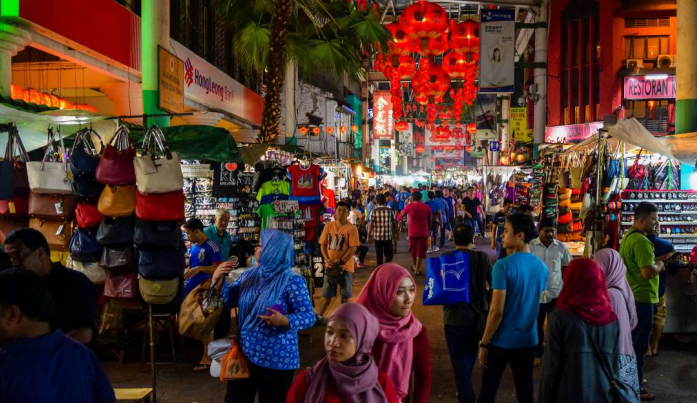Despite the effects of the COVID-19 pandemic, Southeast Asia’s fashion industry is primed to make a stunning comeback. But how exactly did the fashion industry in Southeast Asia survive, when so many other sectors contracted and are still struggling to recover?
The answer was fashion’s rapid shift towards a full digital experience, which has been evident in the Southeast Asian region most of all. E-commerce has grown to be a key revenue driver for fashion brands, both mass market and luxury—and with a larger, projected market volume of 18 billion USD for 2021, this sector will only grow even more due to new investments and advancements in technology, sustainability, and logistics.
The Evolving E-Commerce Landscape
With brick-and-mortar stores forced to halt operations due to regional lockdowns, retail brands turned to e-commerce and found immense success with mega sales on platforms like Lazada and Shopee, two of Southeast Asia’s most popular online shopping platforms. A study by Bloomberg found that 86% of a surveyed audience from Indonesia, Malaysia, the Philippines, Vietnam, and Thailand participated in these online sales, with 43% of them making their first-ever online purchase amidst the COVID-19 pandemic.

Luxury brands are also cashing in on the growing e-commerce boom. Marketing in Asia cites a study by the iPrice Group that observes the increase in online interest for high-end fashion brands like Louis Vuitton, whose online searches grew by a staggering 555% during the pandemic. These searches have also translated to profit—Singapore e-retailer Zalora, which has outposts across the SEA region, saw a noticeable rise in sales for luxury bags, shoes, and wallets over the past year.
The shift to digital-first has allowed many brands to redirect budgets towards strengthening their online operations and keeping consumers happy through fast delivery and engaging content. Livestreams, influencer endorsements, and discounts are now all par for the course when it comes to e-commerce sales; therefore brands have to step up and offer something new and enticing to keep up in the rapidly evolving industry, especially with the rise of ultra-fast fashion.

Not only are consumers now more focused on e-commerce, they also look for “meaningful” fashion. Zalora’s Trender Report, released in late 2020, emphasized that 90% of their consumers now look for sustainability in fashion brands, with 60% willing to pay more for these items.
This new consumer expectation has put the spotlight on innovative ways to become more Earth-friendly across the fashion industry’s supply chain. One such example is by using sustainably-made textiles to create garments. The CSR Journal reports a new study by the Laudes Foundation that explores creating natural fiber textiles from rice straw, banana stems, and other agricultural leftovers from various Southeast Asian countries. If implemented and studied correctly, this new textile could help decrease the industry’s overall dependence on fossil fuels.
Southeast Asia’s fashion sustainability development can also be accelerated by technology, such as the efforts of Thai e-commerce fashion house Pomelo. The brand, which is available throughout the region, is now experimenting with AI machine learning and cloud computing to create a more integrated and sustainable logistics system, reports Techwire Asia.
These efforts are set to drive the evolution of the fashion industry: to help accelerate its digital transformation, and even help the ASEAN region reach its goals to fight climate change. Businesses who want to be potential partners must focus on digital technology and solutions for sustainability to take part in this burgeoning evolution.
For more insights on Asia’s biggest business trends, subscribe to our newsletter here.







